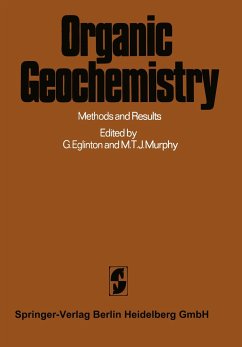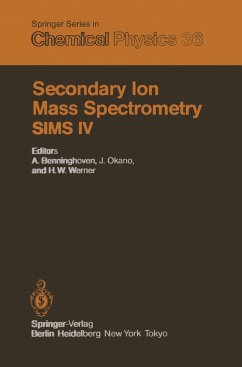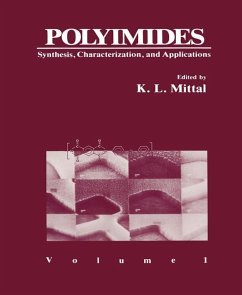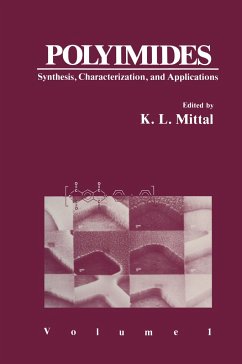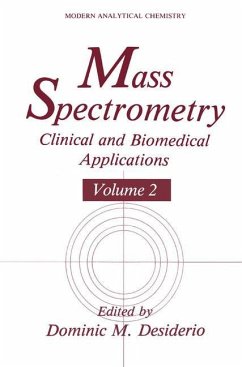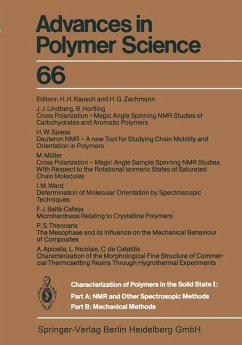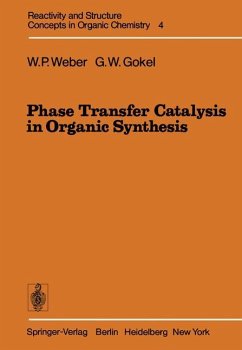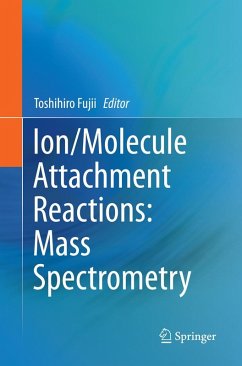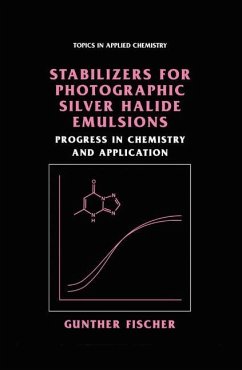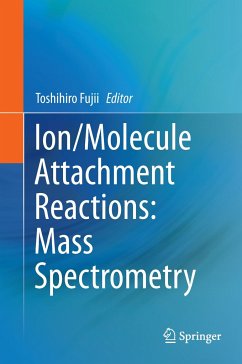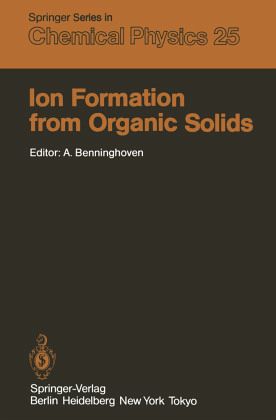
Ion Formation from Organic Solids
Proceedings of the Second International Conference Münster, Fed. Rep. of Germany September 7-9, 1982
Herausgegeben von Benninghoven, A.

PAYBACK Punkte
20 °P sammeln!
The Second International Conference on Ion Formation from Organic Solids (IFOS II) was held at the University of MUnster, Federal Republic of Germa ny, from September 7 to 9, 1982. The subject of the conference was the rapid ly developing field of ion formation from ~nvolatile, thermally labile organ ic compounds. Rapid progress has been made in this field in the last few years, mainly because of the discovery of unexpected new ionization proces ses such as sputtering and laser-induced desorption. The aim of the conference was twofold: to acquire a basic understanding of these "soft" ionizatio...
The Second International Conference on Ion Formation from Organic Solids (IFOS II) was held at the University of MUnster, Federal Republic of Germa ny, from September 7 to 9, 1982. The subject of the conference was the rapid ly developing field of ion formation from ~nvolatile, thermally labile organ ic compounds. Rapid progress has been made in this field in the last few years, mainly because of the discovery of unexpected new ionization proces ses such as sputtering and laser-induced desorption. The aim of the conference was twofold: to acquire a basic understanding of these "soft" ionization processes on the one hand, and to examine their present and future analytical applications on the other. ~Je sought to bring. together scientists working in fundamental as well as applied research. The participants represented such widely varied fields as pure and applied phys ics and chemistry, biochemistry, nuclear and solid-state physics, medicine, and pharmacology. These proceedings contain all of the papers presented at the conference. Six review papers cover the fundamentals of different ionization processes. The authors of these reviews were asked to give up-to-date surveys in cluding characteristics of spectra, the influence of excitation parameters, tentative models for ion formation processes, and assessments of their ana lytical applications. These reviews are followed by 26 contributed papers dealing with more specialized aspects of the ionization processes and their analytical applications.





